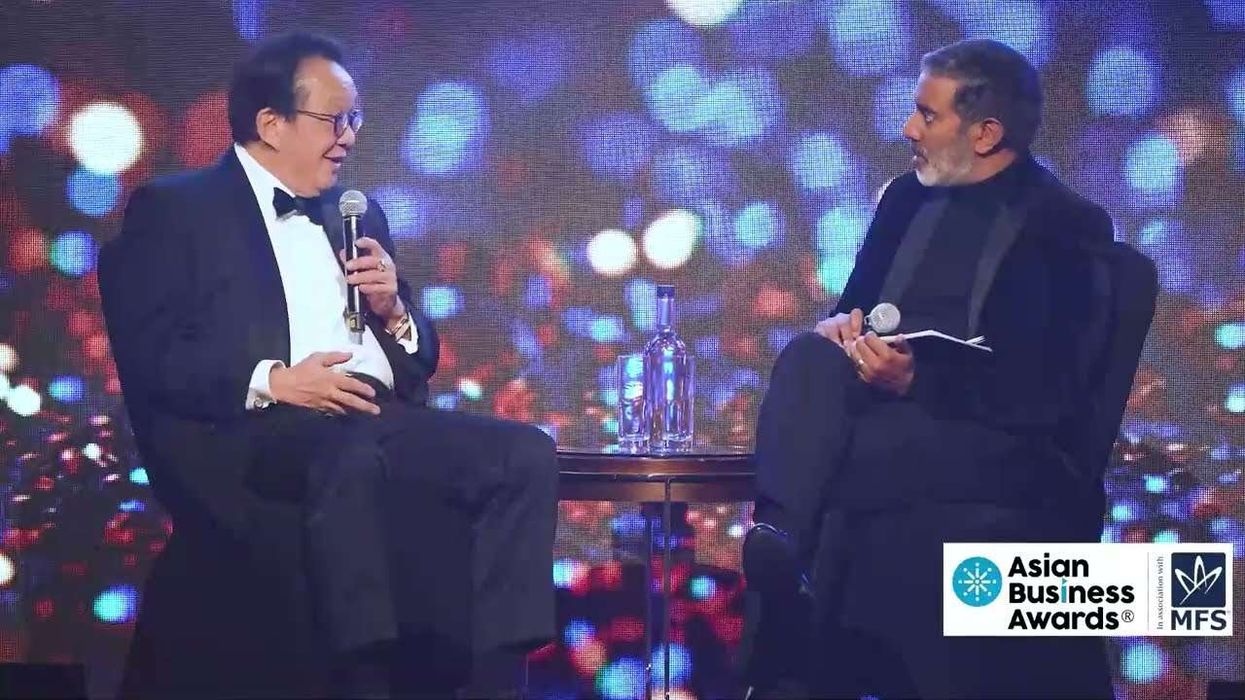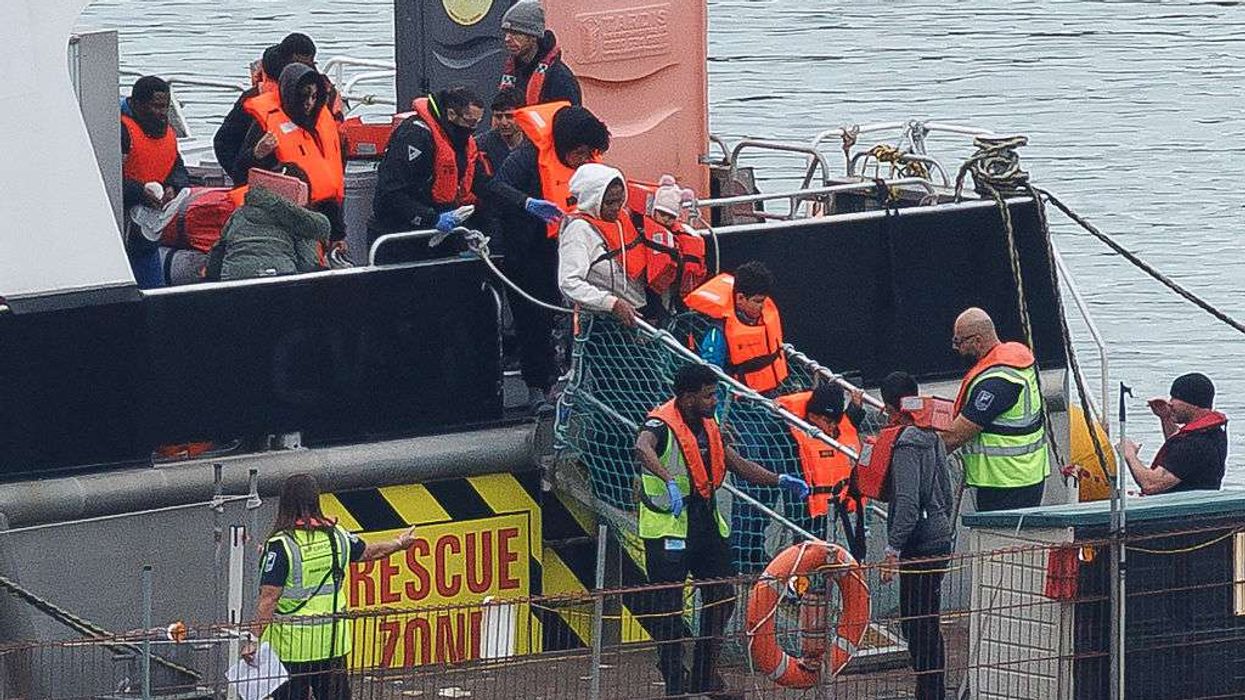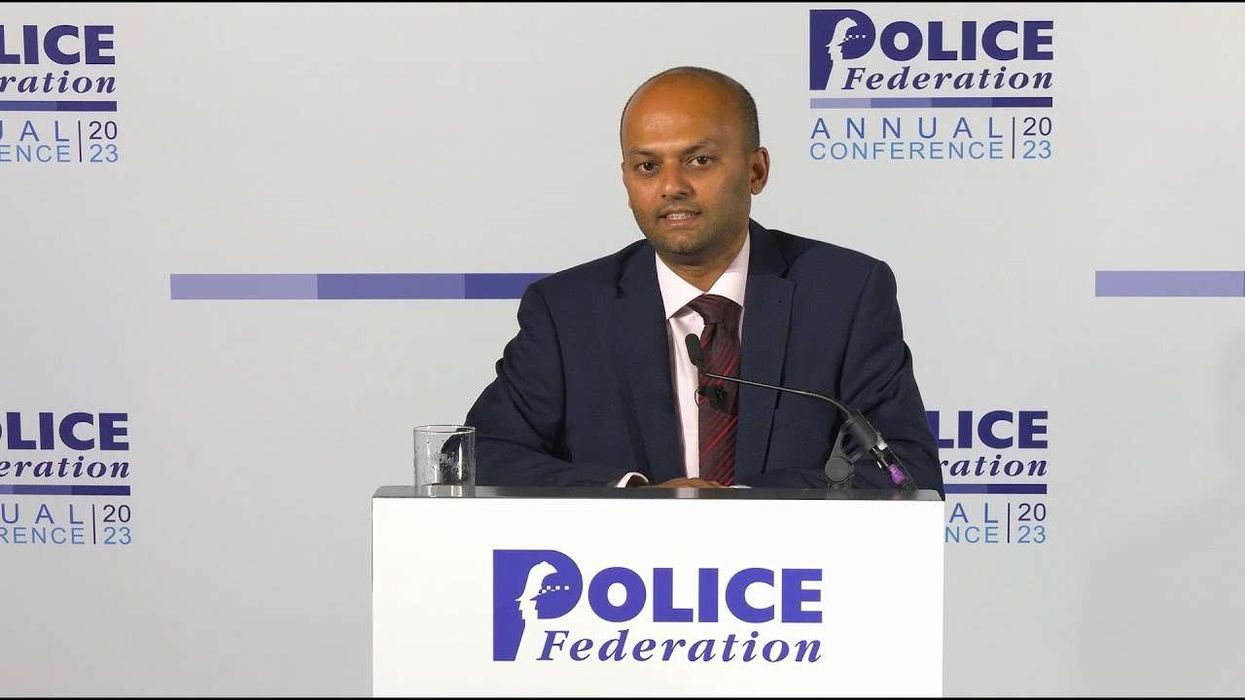A BRITISH Asian schoolgirl who recently turned 16 has made history as one of the youngest to cross the notoriously choppy English Channel to raise funds for a charity fighting against childhood hunger across India and the UK.
Prisha Tapre, a pupil at Bushey Meads School in north London, was motivated by a family discussion about the English Channel to take on the challenge when she was just 12.
After four years of training, she went on to complete the 34-kilometre swim from the coast of Dover in England to Cap Gris Nez in France last week in 11 hours and 48 minutes.
“It was quite choppy at the start, but when the sun started to rise, I knew that the worst bit was done with,” said Tapre, reliving her mission in an interview from her home at Watford in Hertfordshire.
“It's always the first two hours that are the hardest part of the swim, because it's about getting your mind around the fact that this is where you're going to be for the next few hours. I was actually beginning to get quite sleepy and my eyes were about to shut, but then the sun started to come up and the sleep went away. The weather conditions were amazing, really still; the best I could have asked for,” she said.
The swimming enthusiast, who describes the lake near her home as her “calm place”, said she used meditative techniques and admitted to feeling “a strange bond” with the jellyfish that stung her along the way.
“The jellyfish stings were probably my favourite bit, because it's just an extra feeling. After swimming for like nine hours, you're in a sort of trance. But then the jellyfish stings kind of reminded me that I'm actually alive. I know it sounds odd, but it was something to tick off my bucket list,” she said.
“I just kept thinking, four years you've dedicated to this one day of your life. It can't be that bad. And, for those four years, my coach has been saying that swimming is 60 per cent mental and 40 per cent physical. So, I kept reminding myself that this is where I am meant to be; giving up would be selfish,” she said.
The UK-born teenager, whose parents hail from Maharashtra, raised £4,000 for her chosen charity – Akshaya Patra UK, the British chapter of the India-headquartered non-profit organisation with a mission to provide hot meals to children in need.
“Part of the reason I chose my charity Akshaya Patra is because I wanted a charity that I could relate to. When I found out Akshaya Patra helps kids both in England and India, it really connected with me. I wanted a charity that has both sides of me. My heart goes out to all those kids who live in poverty, both in England and India, where there's no promise of a meal at the end of the day,” said the young fundraiser.
Jeremy Irvine, open water coach at Watford Swimming Club, guided Tapre through her training, said, “In addition to her usual club training Prisha’s has been swimming six hours, seven hours and 10 hour sea swims. Mental preparation including the knowledge that you have done all the preparation, is key to conquering the Channel.
“Prisha never skips a session despite loathing early mornings.”






 Holiday fans celebrate Leona Lewis' One More Sleep topping the UK streaming charts Youtube Screengrab
Holiday fans celebrate Leona Lewis' One More Sleep topping the UK streaming charts Youtube Screengrab 






